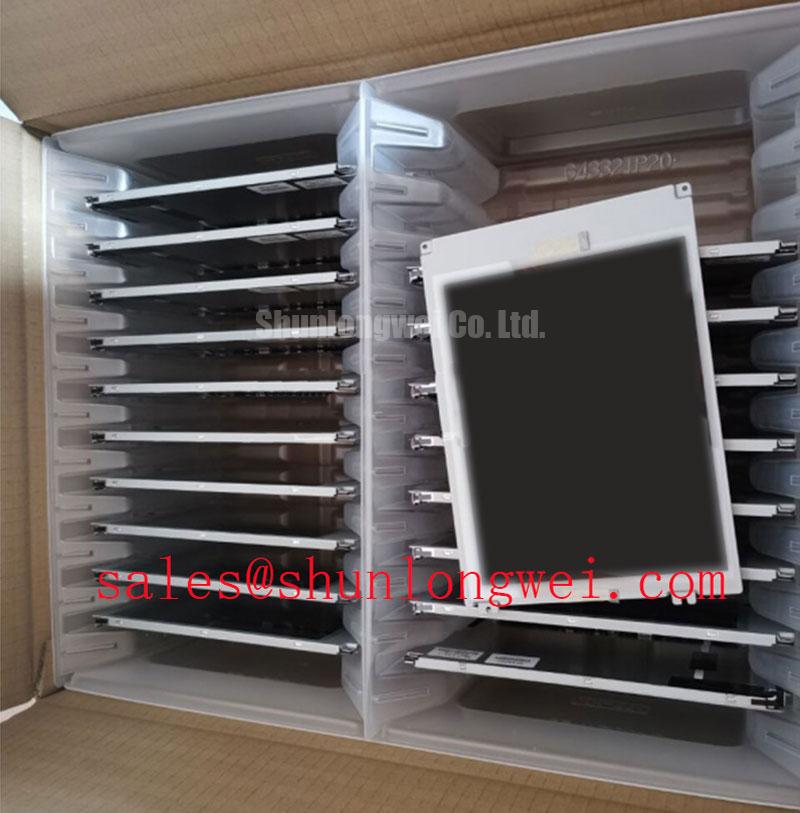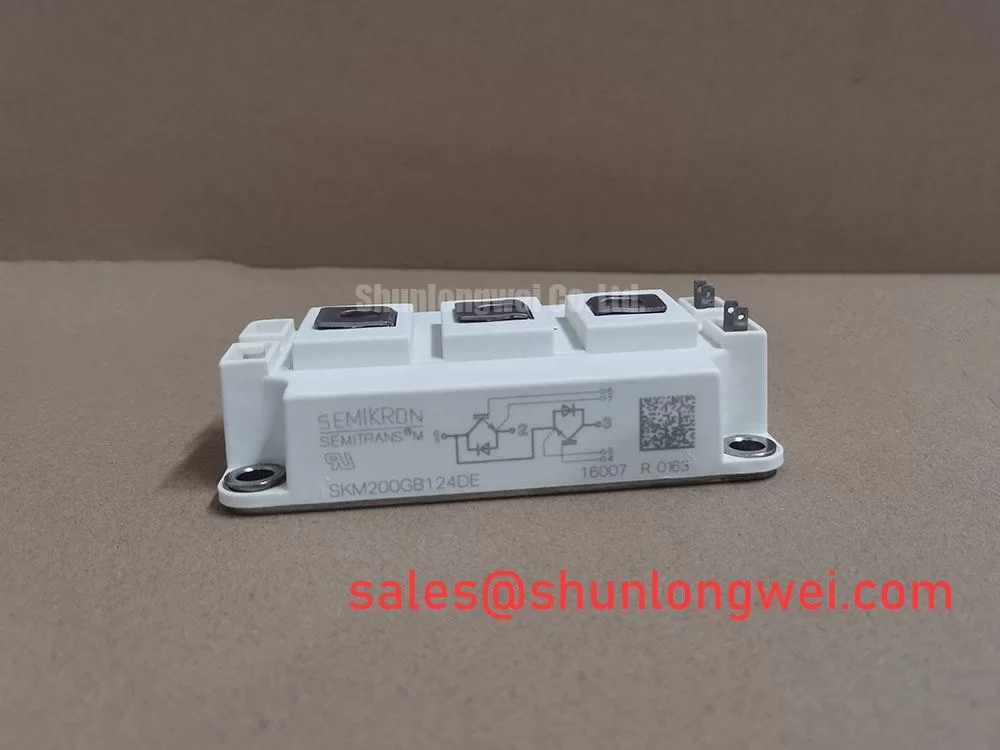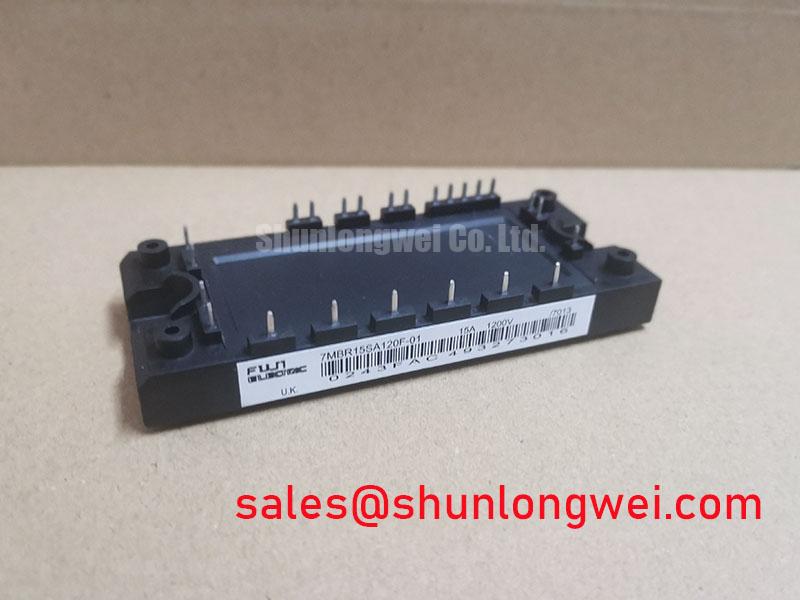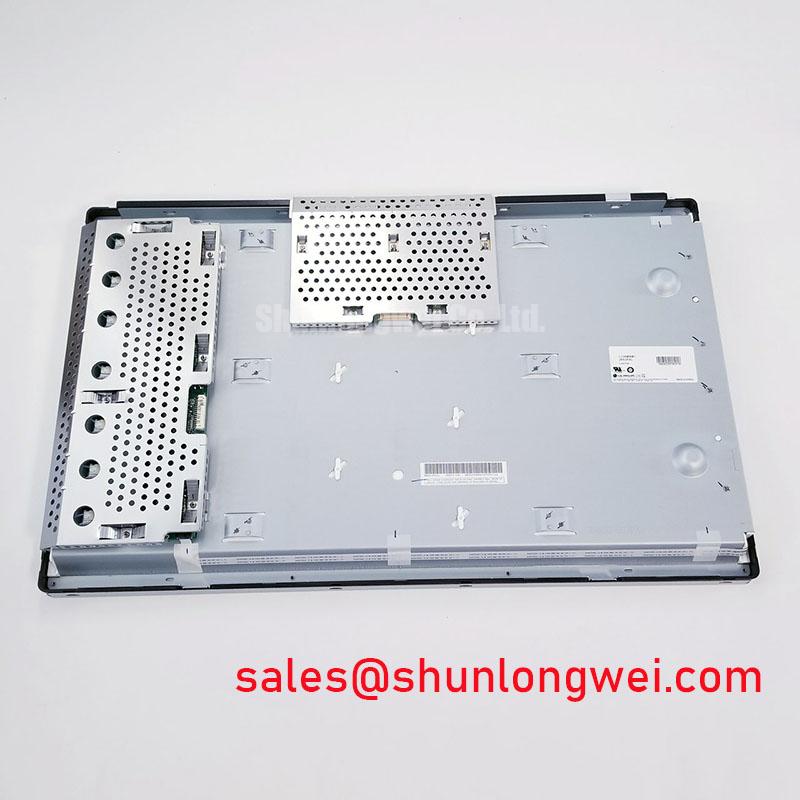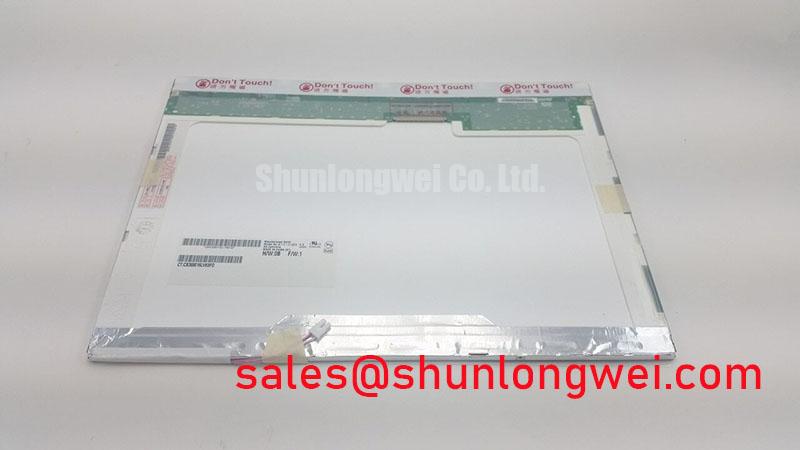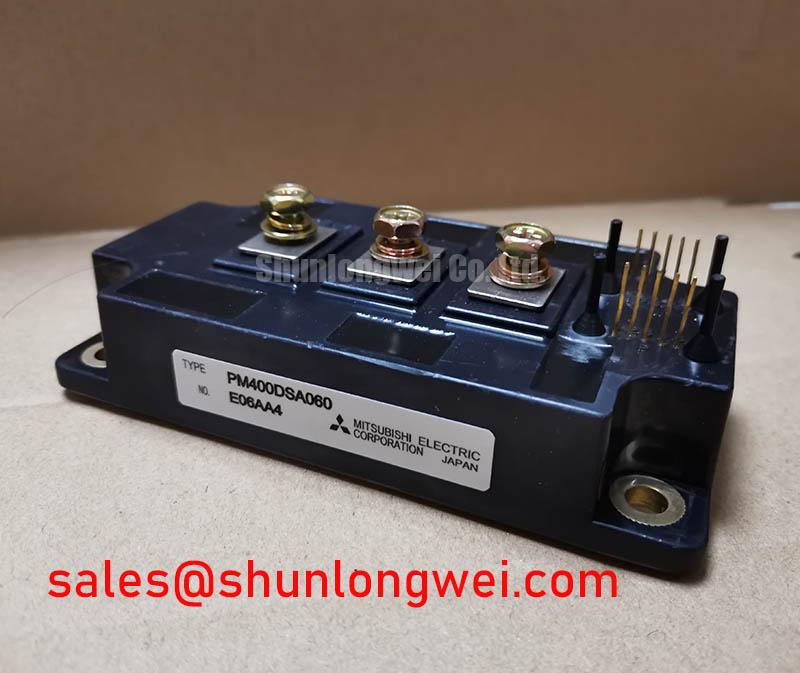LQ084V1DG44: Sharp 8.4-inch Industrial TFT-LCD Display
Introduction and Key Features
The Sharp LQ084V1DG44 is an 8.4-inch a-Si TFT-LCD module engineered for durability and consistent performance in demanding industrial applications. Delivering a classic 4:3 aspect ratio with 640x480 VGA resolution, this display provides a clear and reliable human-machine interface (HMI) solution. Key specifications include a 640x480 resolution, a 262K color depth, and a WLED backlight system. Its robust design is tailored for long-term operational stability, directly addressing the need for dependable visual components in environments like CNC machinery and industrial control panels. For systems requiring a proven, no-frills display with stable performance, the LQ084V1DG44 offers a focused and effective solution.
Application Scenarios & Value
Engineered for Legacy System Integration and Long-Term Reliability
The LQ084V1DG44 is optimally suited for integration into industrial machinery, process control systems, and specialized test equipment where long-term availability and consistent performance are paramount. Its core value lies in serving as a direct replacement or a new component in systems built around the 4:3 VGA standard. A key engineering challenge in maintaining legacy industrial equipment is sourcing components that match the original system's specified interface and form factor. The LQ084V1DG44's Parallel RGB (1 ch, 6-bit) interface and standard 8.4-inch footprint directly solve this problem, minimizing the need for costly system redesigns or interface converters. This makes it an invaluable asset for extending the service life of high-value capital equipment, such as Fanuc CNC machines and other industrial controllers. For applications demanding a different form factor or higher resolution, related products such as the LQ064V3DG06 offer alternative solutions within the industrial display category.
Key Parameter Overview
Specifications Tailored for Industrial Clarity and Integration
The technical specifications of the Sharp LQ084V1DG44 are selected to ensure reliable performance in typical industrial settings. The display's parameters are balanced to provide clear readability and straightforward integration.
| Parameter | Specification | Engineering Value |
|---|---|---|
| Screen Size | 8.4 inch | Standard size for compact industrial HMI panels. |
| Resolution | 640(RGB)×480 [VGA] | Provides sufficient detail for standard industrial GUIs, schematics, and diagnostic screens. |
| Display Technology | a-Si TFT-LCD, TN, Normally White | A mature and cost-effective technology known for fast response times. |
| Active Area | 170.88(W) × 128.16(H) mm | Defines the usable display space for interface design. |
| Interface Type | Parallel RGB (1 ch, 6-bit) | Ensures compatibility with a wide range of embedded systems and display controllers common in industrial equipment. |
| Color Depth | 262K | Adequate for rendering standard industrial color codes, warnings, and basic graphics. |
| Backlight System | WLED | Offers improved energy efficiency and a longer operational lifespan compared to legacy CCFL backlights. |
Note: The parameters listed are based on aggregated reference data. Engineers should consult the official datasheet for definitive specifications.
Technical Deep Dive
Understanding the Parallel RGB Interface
The LQ084V1DG44 utilizes a Parallel RGB interface, a foundational technology in the display world that remains highly relevant for industrial applications due to its simplicity and real-time data transmission. Think of this interface as a multi-lane highway where each lane is dedicated to a specific color signal (Red, Green, Blue) and timing signals (like pixel clock and sync). Data for each pixel is sent simultaneously, which means there's virtually no latency between the controller and the display. This is critically important in industrial control systems where real-time monitoring is essential. What is the primary benefit of this design? Direct, uncompressed video data transfer, which eliminates the need for complex decoding hardware on the display module, simplifying the system's electronics and improving reliability. This straightforward, direct-drive approach is a key reason for its persistence in systems where dependability outweighs the need for the high bandwidth of interfaces like LVDS.
Frequently Asked Questions (FAQ)
What makes the LQ084V1DG44 suitable for replacing displays in older CNC machines?
Its combination of an 8.4-inch size, 4:3 aspect ratio, 640x480 VGA resolution, and a standard Parallel RGB interface makes it a direct fit for many legacy systems, particularly certain Fanuc controls, minimizing downtime and integration costs.
What is the significance of the WLED backlight system?
The use of a White LED (WLED) backlight is a significant advantage over older Cold Cathode Fluorescent Lamp (CCFL) technology. WLEDs offer lower power consumption, generate less heat, have a much longer operational lifespan, and do not require a high-voltage inverter, which enhances overall system reliability and reduces the total cost of ownership.
How does the TN (Twisted Nematic) panel technology impact its performance in an industrial setting?
TN panels are known for their very fast response times, which is beneficial for reducing motion blur on GUIs with moving elements. While their viewing angles and color reproduction are more limited compared to IPS technology, they are highly effective and economical for applications where the operator is typically positioned directly in front of the screen, as is common with fixed machinery controls.
Is this display capable of operating in harsh temperature environments?
While specific operating temperature ranges must be confirmed from the official datasheet, displays designed for industrial use are generally built to withstand wider temperature fluctuations than consumer-grade panels. This robustness is essential for reliability in factory floor or field environments.
Engineering Perspective
From an engineering standpoint, the LQ084V1DG44 represents a strategic choice for sustaining and maintaining the operational life of existing industrial infrastructure. Its adherence to established display standards ensures a stable and predictable integration path, de-risking maintenance and upgrade projects. For design engineers, specifying this TFT-LCD module means choosing a component with a proven track record, backed by the manufacturing consistency of a major brand like Sharp. The focus is not on cutting-edge features but on delivering unwavering reliability and long-term serviceability, which are often the most critical requirements for industrial capital equipment.

